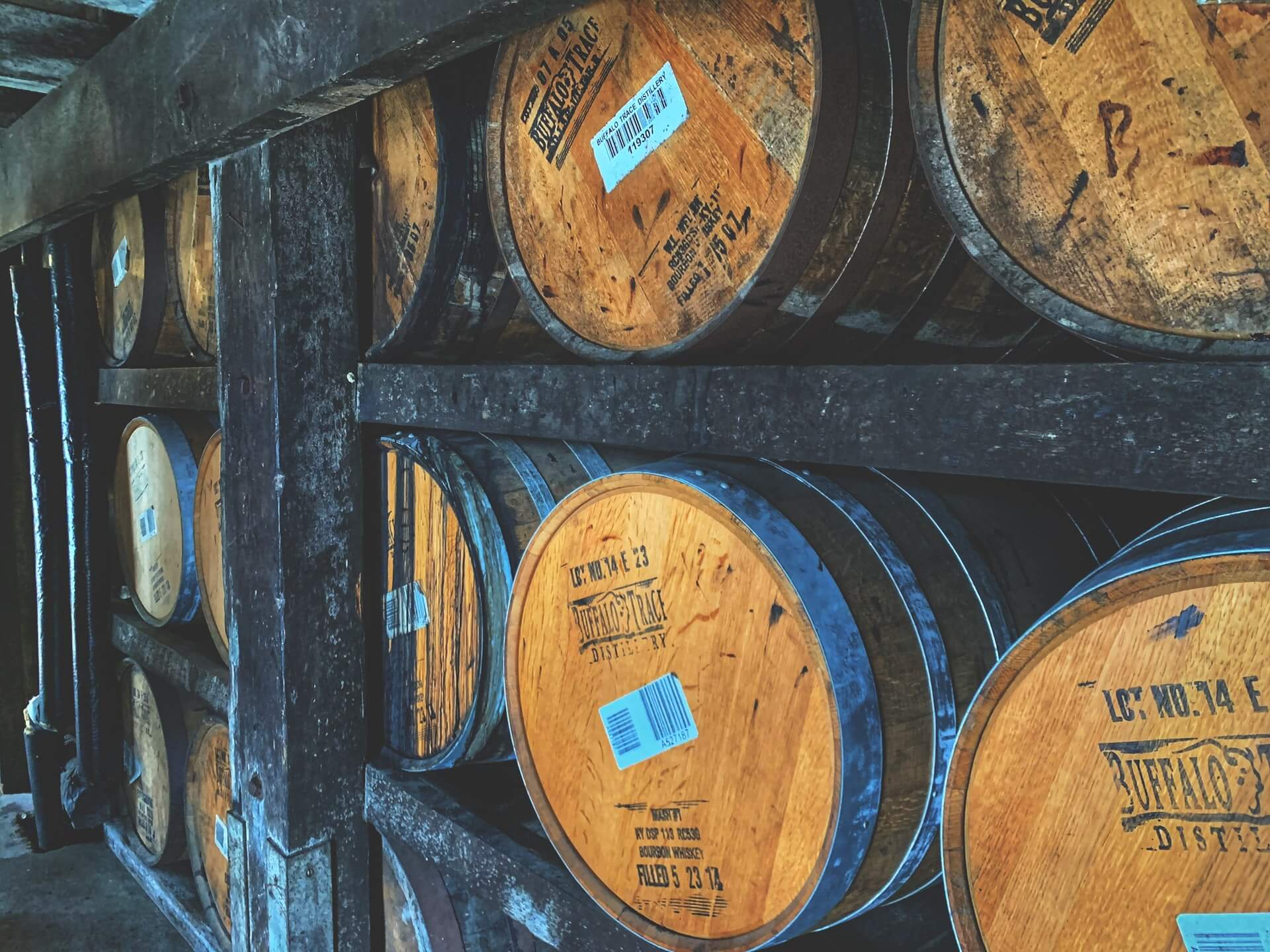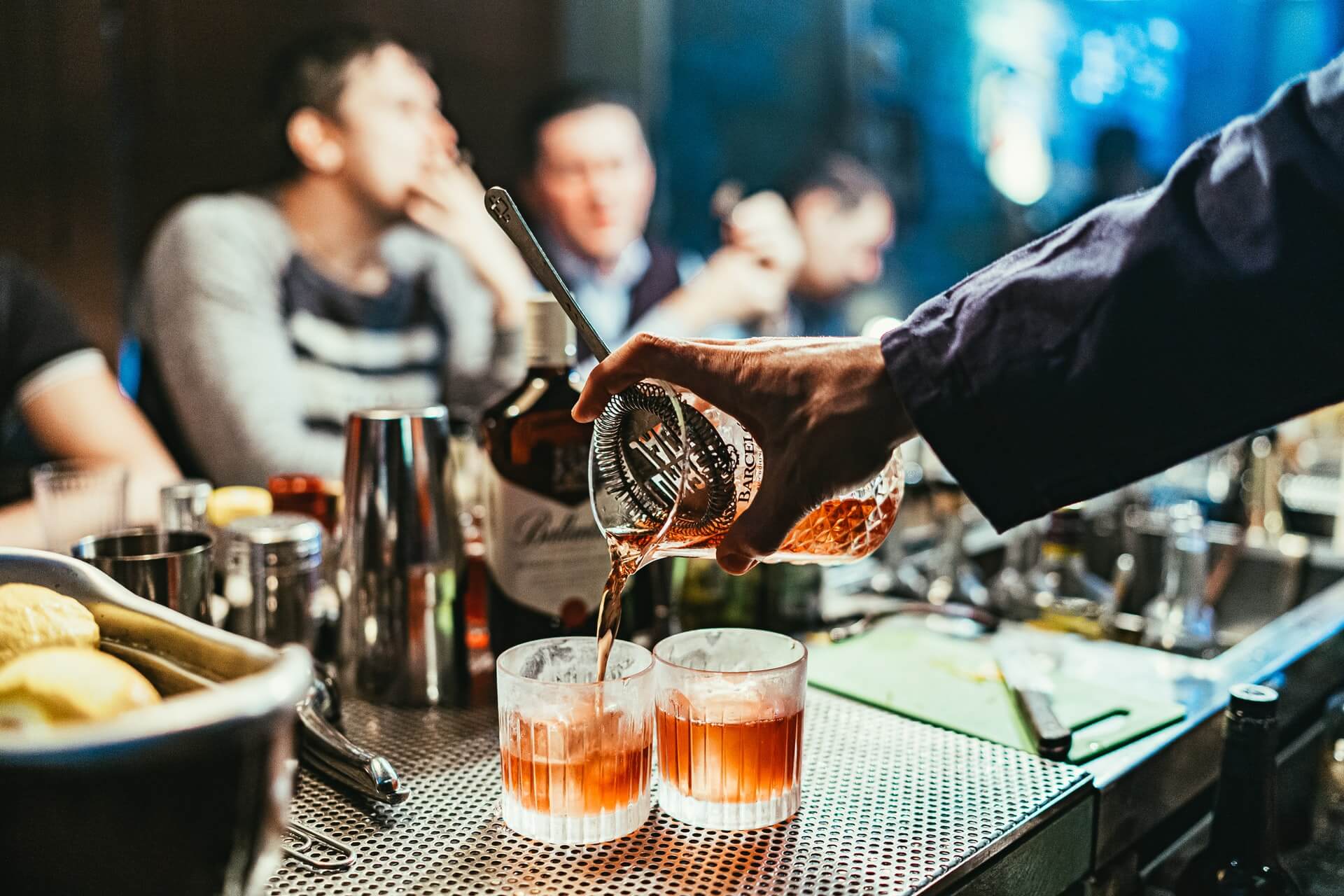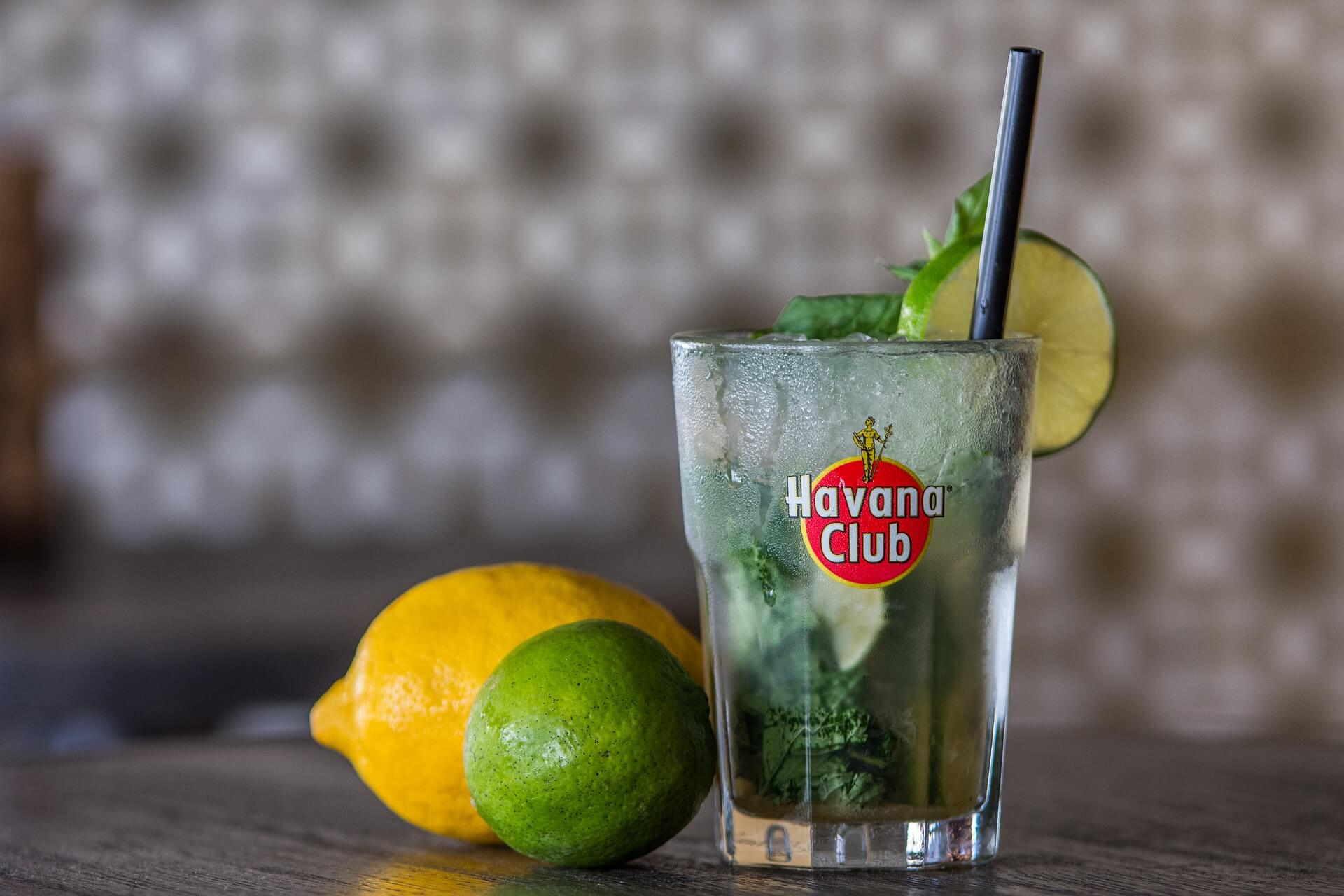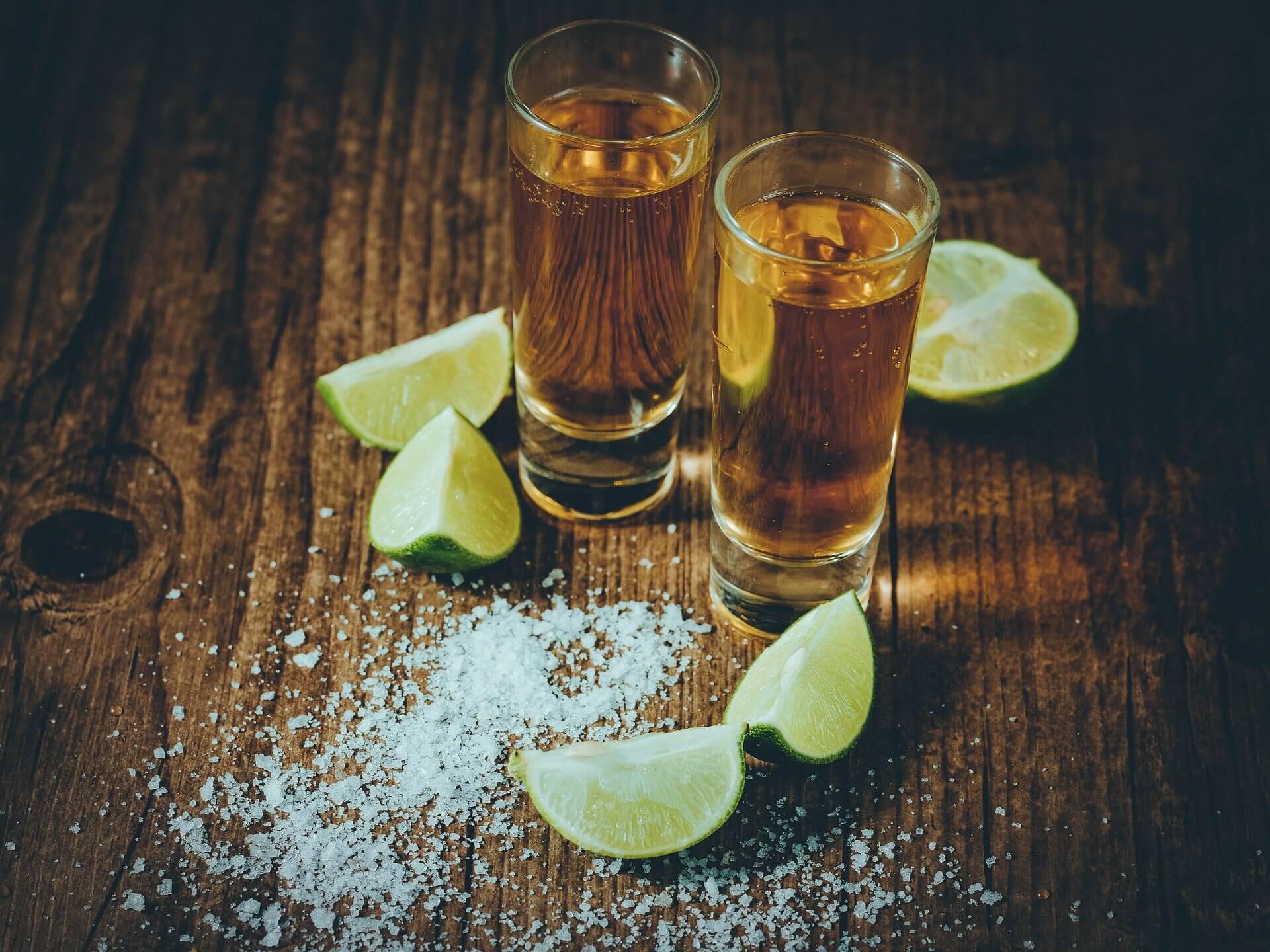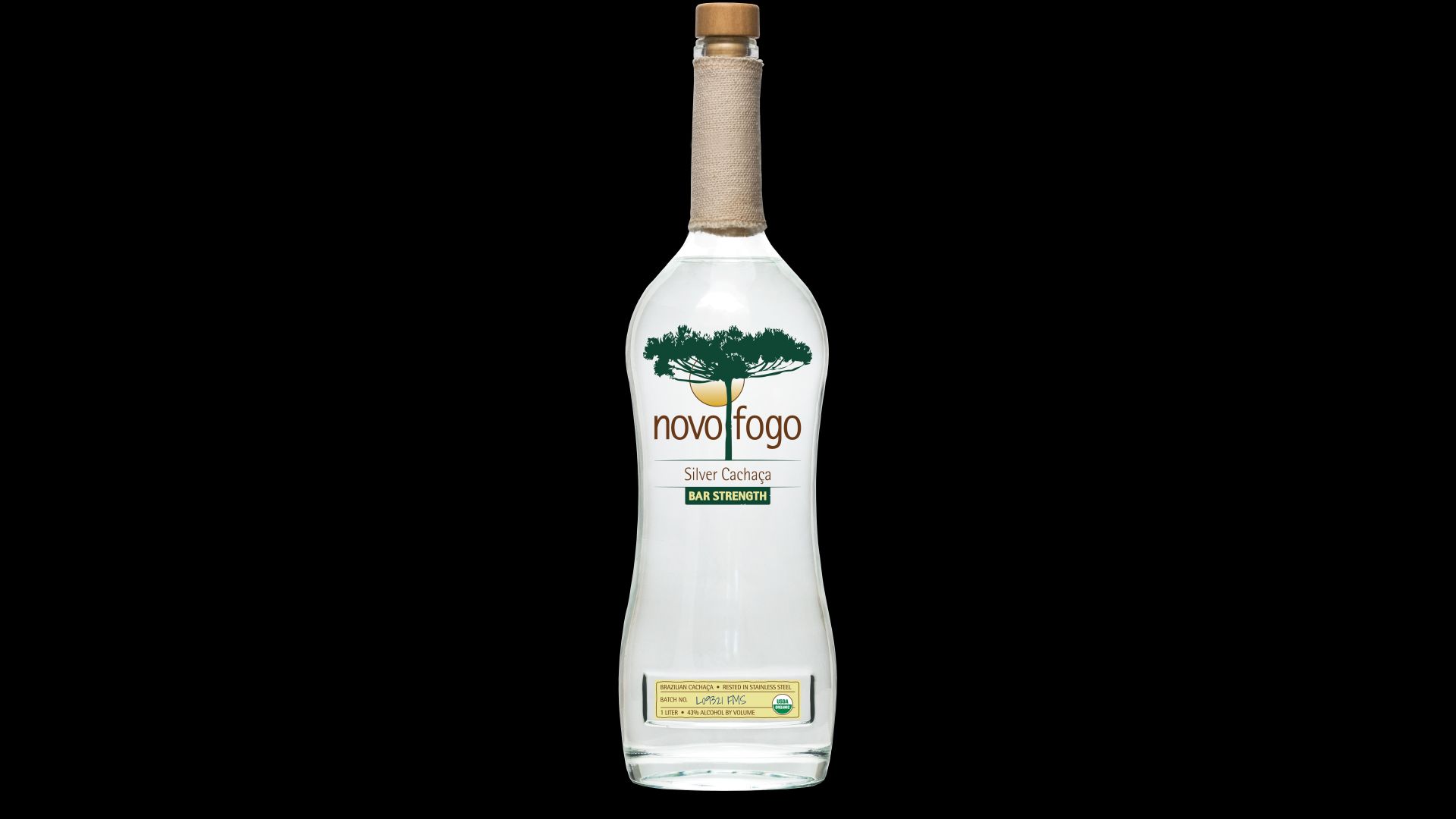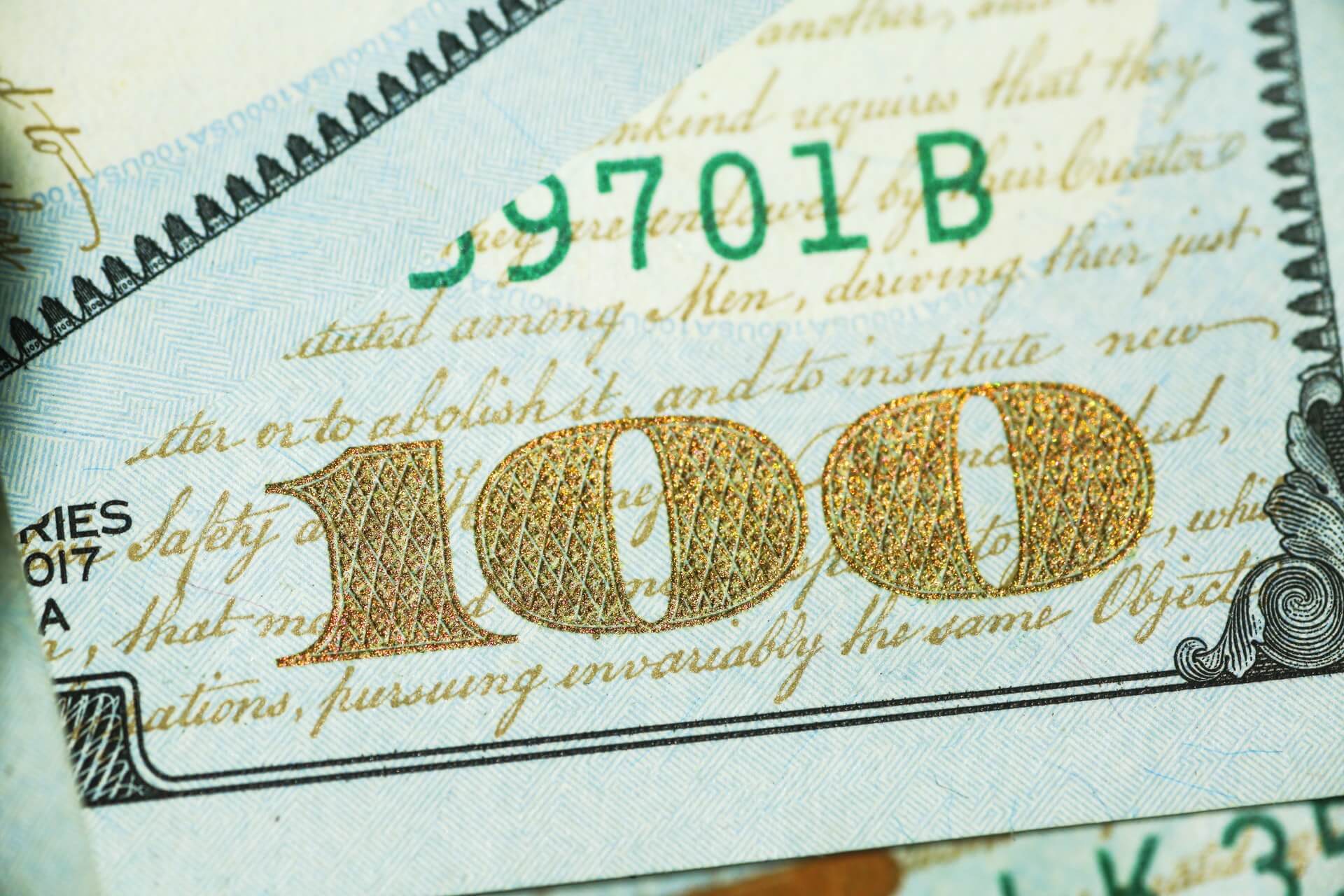6 Bottles for National Mezcal Day
by David Klemt
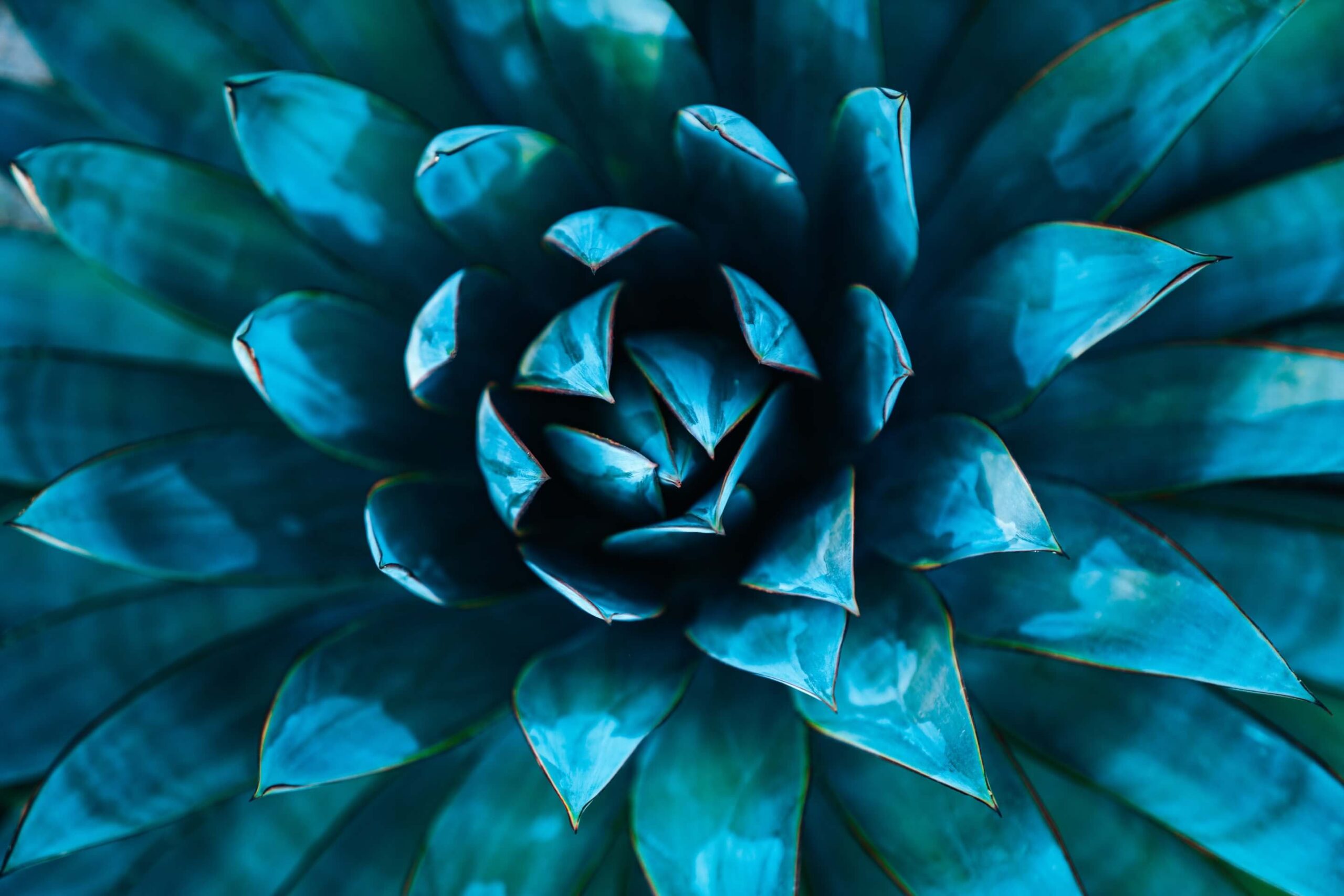
October 21 is National Mezcal Day, the perfect time to introduce guests to the wide range of agaves producers use to make this rustic spirit.
This bar holiday is also a great time to dispel the myth that all mezcals are simply smoke bombs that overwhelm the palate. Indeed, there are expressions that are incredibly light on smoke and heavy on mineral, vegetal, floral, citrus, and savory notes.
If you’d also like to work tequila into your mezcal celebration, check out recommendations from this year’s National Tequila Day.
Below are six bottles of mezcal to recommend to your guests, representing six types of agave. ¡Salud!
Arroqueño
Also known as Agave Americana, this variety of agave can grow to massive proportions and take anywhere from 20 to 30 years to mature. As such, some producers are implementing sustainability projects to protect Arroqueño.
El Jolgorio Arroqueño
El Jolgorio crafts a wide range of mezcals focusing on the rare, wild and semi-wild, Arroqueño among them. Owing to sustainability efforts, this is a small-batch expression and can be difficult to find. Expect tropical notes balanced by minerality, agave, and grass.
Espadín
This is the most common type of mezcal. In fact, some estimates regarding how much mezcal carries the Espadín designation reach as high as 90 percent.
Mezcal Vago Elote
As the bottle’s name suggests, corn plays a significant role in this mezcal’s production: elote is Spanish for “corn.” Made from Espadín agave, Mezcal Vago Elote undergoes a toasted corn infusion. The result is smoke with toasty notes of corn.
View this post on Instagram
Salmiana
Known as “the green giant,” this wild agave tends to imbue mezcal with less smoky notes. Instead, these mezcals impart vibrant earthy and vegetal notes.
Derrumbes San Luis Potosí
Guests seeking to try something other than the typical Espadín mezcals will appreciate this bottle. First and foremost, this expression of mezcal imparts agave flavor rather than overwhelming them with smoke.
Tepeztate
Another agave that takes a long time to mature—25 years or more—its use in mezcal also has producers concerned about sustainability. Perhaps owing to this agave’s penchant for growing on dangerous cliffsides, the flavors it produces are intense and rich.
Bozal Tepeztate
Similar in their mission to El Jolgorio, Bozal specializes in producing mezcals from a wide variety of agaves. Your guests really can’t go wrong with any Bozal expression, and Tepeztate is no exception. Guests can expect an intriguing mix of floral, citrus, spice and mineral notes, along with smoke.
View this post on Instagram
Tobalá
If your guests are seeking rare and complex mezcal, you want to offer them a Tobalá. This type of mezcal, referred to by some as “the king of mezcal,” is made from an agave that’s hard to find and hard to grow.
Montelobos Tobalá
This is a joven expression, meaning the liquid is either bottled right after distillation or is aged for less than two months. To give guests a general idea of what to expect from Montelobos Tobalá, you or your bartenders can explain that it has characteristics of both Espadín and Salmiana mezcals: there’s smoke but there are also vegetal notes.
Tobaziche
If savory, herbaceous notes appeal to a guest, recommend a quality Tobaziche mezcal.
Del Maguey Tobaziche
The Scotch drinkers among your guests will find that this bottle resonates with them. If they enjoy Ardbeg, Lagavulin and Talisker, they’ll appreciate the peat, smoke and earth from Del Maguey Tobaziche.
Image: Meritt Thomas on Unsplash


